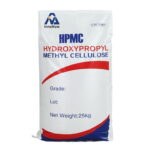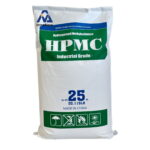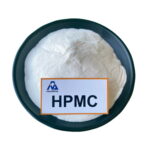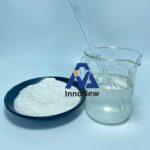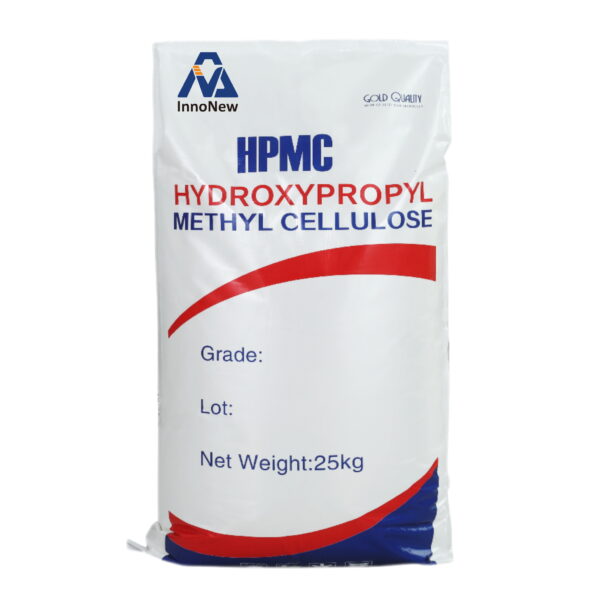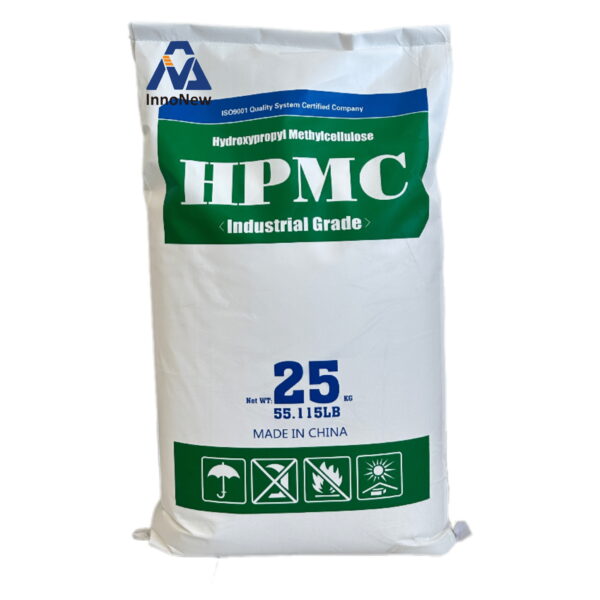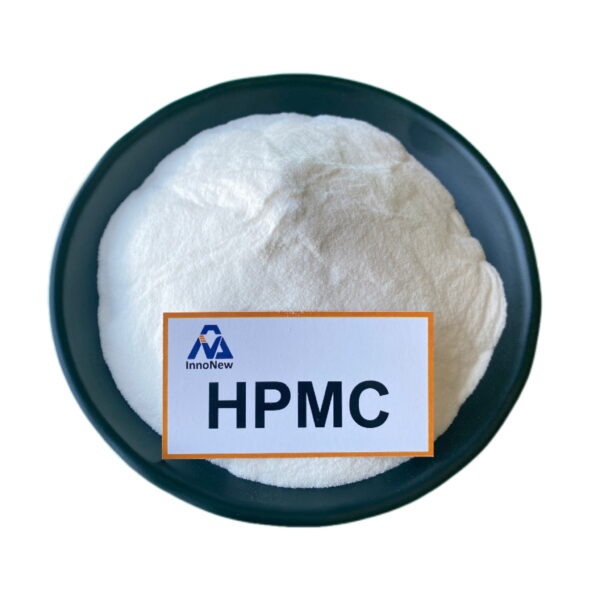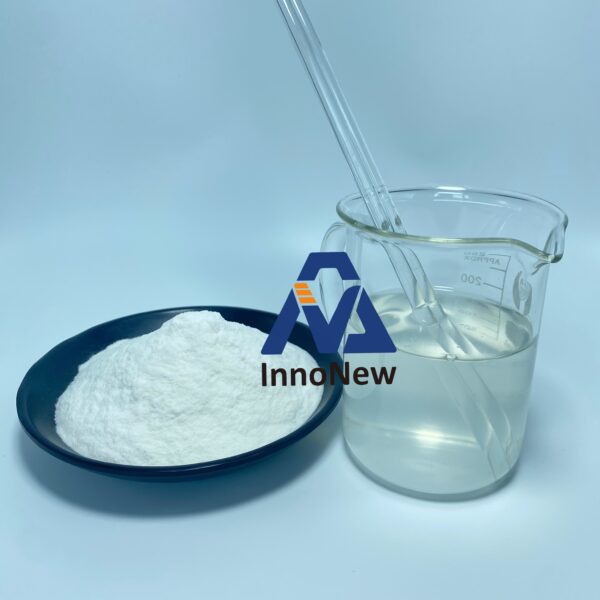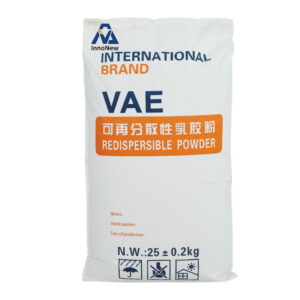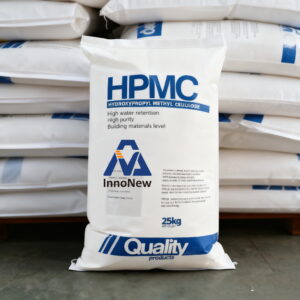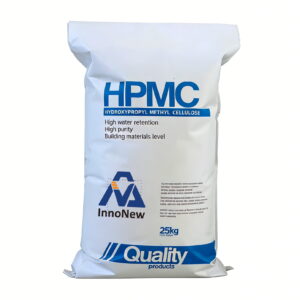HPMC (Hydroxypropyl Methyl Cellulose) is a non-ionic cellulose ether derived from the chemical modification of natural cellulose. It is widely used in industries such as construction, pharmaceuticals, food, cosmetics, and coatings, primarily as a thickener, water retention agent, binder, and film-forming agent.
Specification:
| Hydroxypropyl Methyl Cellulose (HPMC) | |
| Items | Standard |
| Appearance | White powder |
| Hydroxypropyl, % | 9.0-12.0 |
| Methoxyl, % | 29.0-31.0 |
| Bulk density, g/l | 380-450 |
| Particle Size, ≤ 145um,% | ≥ 90.0 |
| Drying Loss Ratio, % | ≤ 5.0 |
| Viscosity, mPa.s 2% solution at 20℃ | 50-200,000 |
| pH Value, 1% solution | 5.0-10.0 |
| Transmitance of Light, % | 93-96 |
Key Properties
- Water Solubility:
- Easily dissolves in cold water, forming a transparent or semi-transparent colloidal solution.
- Thickening Ability:
- Provides excellent thickening effects, significantly increasing the viscosity of the system.
- Water Retention:
- Effectively prevents rapid water evaporation in construction materials.
- Film-Forming Ability:
- Can form flexible and transparent films.
- Stability:
- Exhibits good stability in acidic, alkaline, and saline solutions.
- Thermal Gelation:
- Forms a gel when heated, which dissolves upon cooling.
- Eco-Friendliness:
- Biodegradable and environmentally friendly.
Applications
- Construction Materials:
- Dry-Mix Mortars: Such as tile adhesives, plasters, and skim coats, to improve workability and water retention.
- Self-Leveling Mortars: Enhances flowability and anti-settling properties.
- Waterproofing Mortars: Improves waterproofing performance and bonding strength.
- Pharmaceuticals:
- Used as a drug release agent, capsule material, or tablet binder.
- Food Industry:
- Used as a thickener, stabilizer, or emulsifier in products such as ice cream, yogurt, and sauces.
- Cosmetics:
- Used in emulsions, creams, and other products as a thickener and stabilizer.
- Coatings:
- Used in water-based paints to improve viscosity, stability, and film formation.
Role in Construction Materials
- Improved Workability:
- Enhances the lubricity and operability of mortars.
- Enhanced Water Retention:
- Prevents rapid water loss, improving the strength after hardening.
- Reduced Cracking:
- Minimizes shrinkage and cracking by improving water retention and cohesion.
- Increased Bonding Strength:
- Enhances the bonding performance between mortar and substrates.

